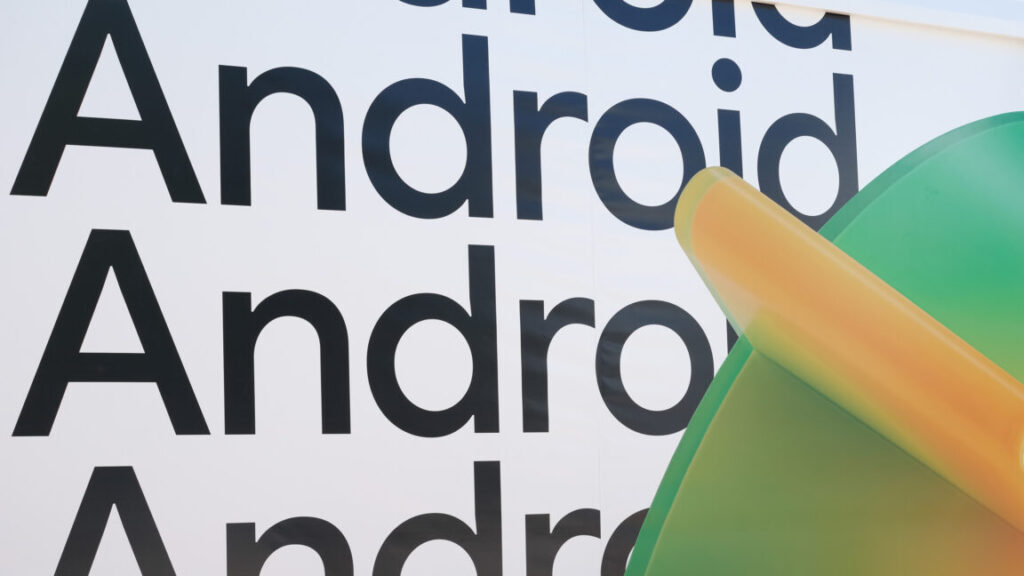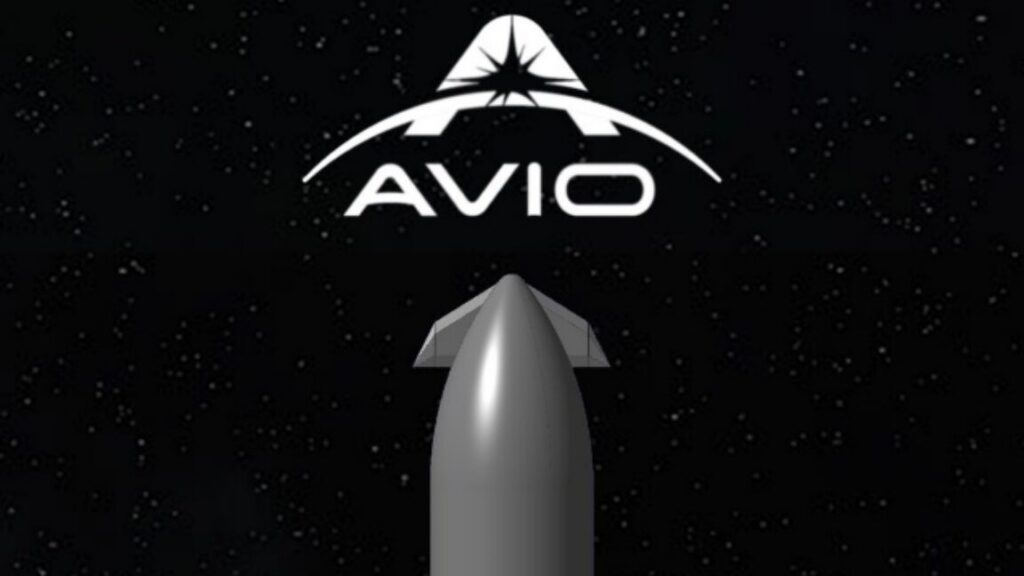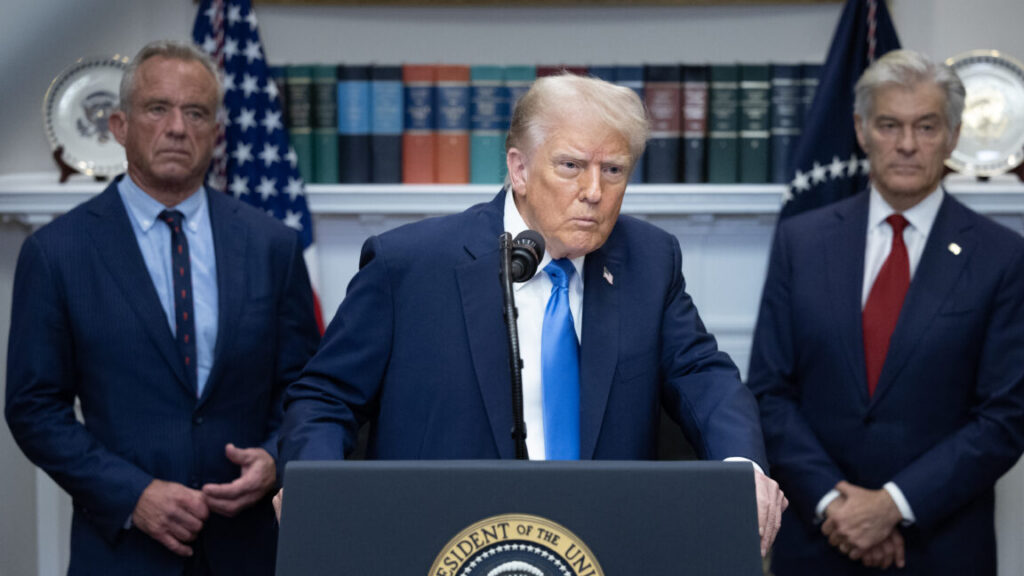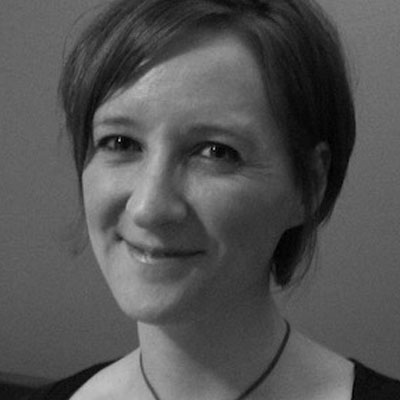How automakers are reacting to the end of the $7,500 EV tax credit
Just after midnight this morning, in addition to getting a federal government shutdown, we also lost all federal tax credits for new electric vehicles, used electric vehicles, and commercial electric vehicles.
Sadly, this was not a surprise. During last year’s election, the Trump campaign made no secret of its disgust toward clean vehicles (and clean energy in general), and it promised to end subsidies meant to encourage Americans to switch from internal combustion engines to EVs. Once in power, the Republicans moved quickly to make this happen.
Federal clean vehicle incentives had only recently been revamped in then-US President Joe Biden’s massive investment in clean technologies as part of the Inflation Reduction Act of 2022. To qualify for the $7,500 tax credit, a new EV had to have its final assembly in North America, and certain percentages of its battery content needed to be domestically sourced.
A separate $7,500 commercial tax credit for new EVs was created, which did not require domestic assembly or content and which applied to leased EVs. And Congress finally added a $4,000 tax credit for the purchase of a used EV.
Visiting the relevant IRS page today, though, you’ll see an update declaring that the “New Clean Vehicle Credit, Previously-Owned Clean Vehicle Credit, and Qualified Commercial Clean Vehicle Credit are not available for vehicles acquired after Sept. 30, 2025.”
How automakers are reacting to the end of the $7,500 EV tax credit Read More »















